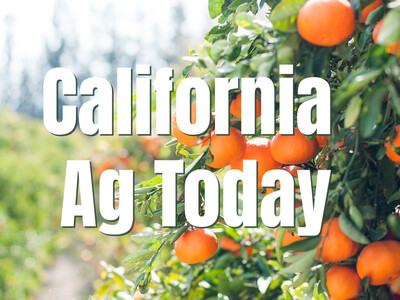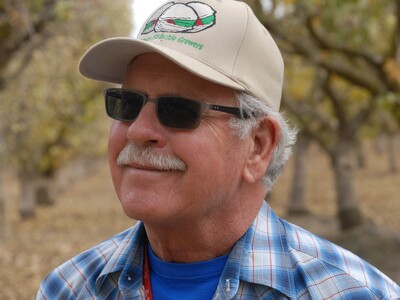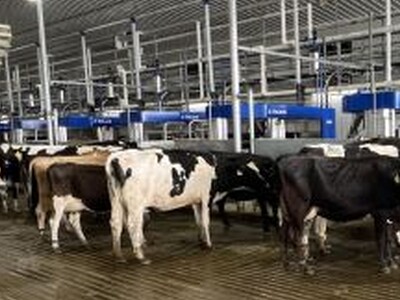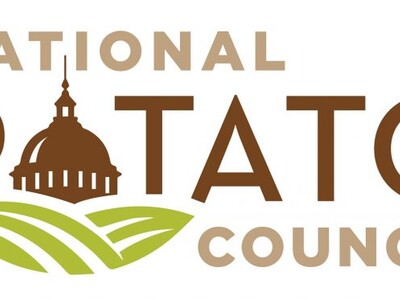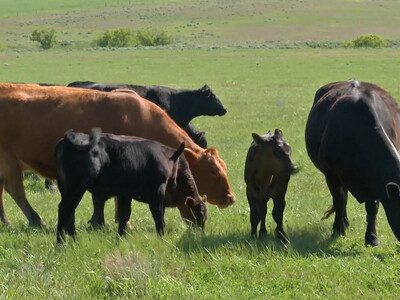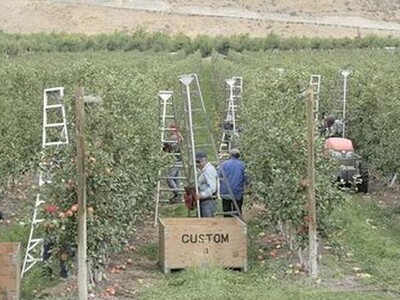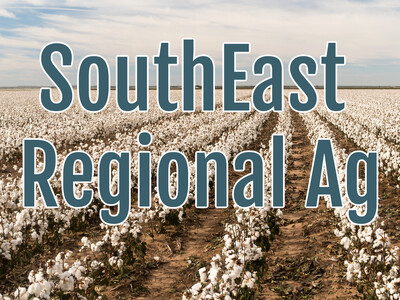Arkansas Bans Dicamba and Big Ag-Commodity Merger In Works
From the Ag Information Network, I'm Bob Larson with your Agribusiness Update.**A group of state legislators in Arkansas have approved a ban on dicamba use between April 16th and October 31st of this year, meaning soybean and cotton growers will not be able to use Monsanto's Xtendimax or BASF's Engenia for over-the-top applications.
As reported in Agri-Pulse, the council's Administrative Rules and Regulations Subcommittee also approved the seasonal ban, which was approved as a proposed rule by the Arkansas State Plant Board in November.
Monsanto is moving forward with a lawsuit challenging the plant board's decision.
https://www.agri-pulse.com/articles/10489-arkansas-approves-seasonal-ban-on-dicamba-use
**The world of ag-commodity trading could be in for a huge deal with the possible merger of two big names. Insiders say, Archer-Daniels-Midland has sought deal talks with Bunge.
According to Western Farm Press, a combined ADM-Bunge would be both a commodity-trading giant and a major industrial enterprise with factories and refineries.
Combining the two would create a company that, at least in terms of revenue, would approach the size of Cargill, the largest agricultural company.
http://www.westernfarmpress.com/business/tough-times-lead-grain-traders-consider-merger
**Brazil's 2017/18 soybean harvest reached 0.8% as of Sunday, well behind its average harvest pace.
According to a survey by AgRural, the crop is behind schedule compared with the harvest of 2.2% in the same period last season and 1.2% in the 5-year average.
So far, Brazil's largest soybean production region has harvested just 2.8% of the total area cultivated, compared with 7.5% last year and 3.9% over five-years.
https://www.agriculture.com/news/crops/harvest-delays-hit-brazils-soybean-crop






